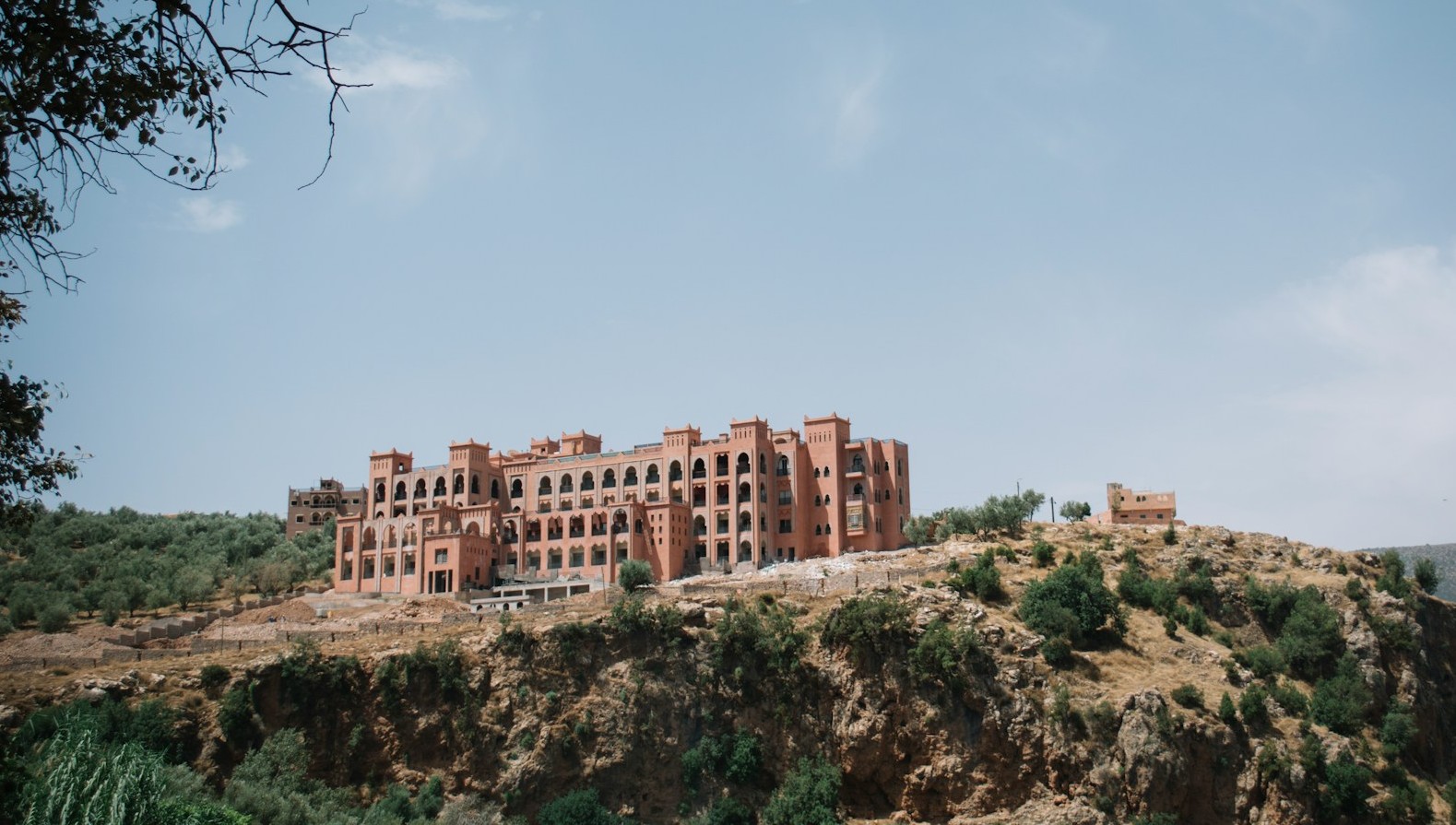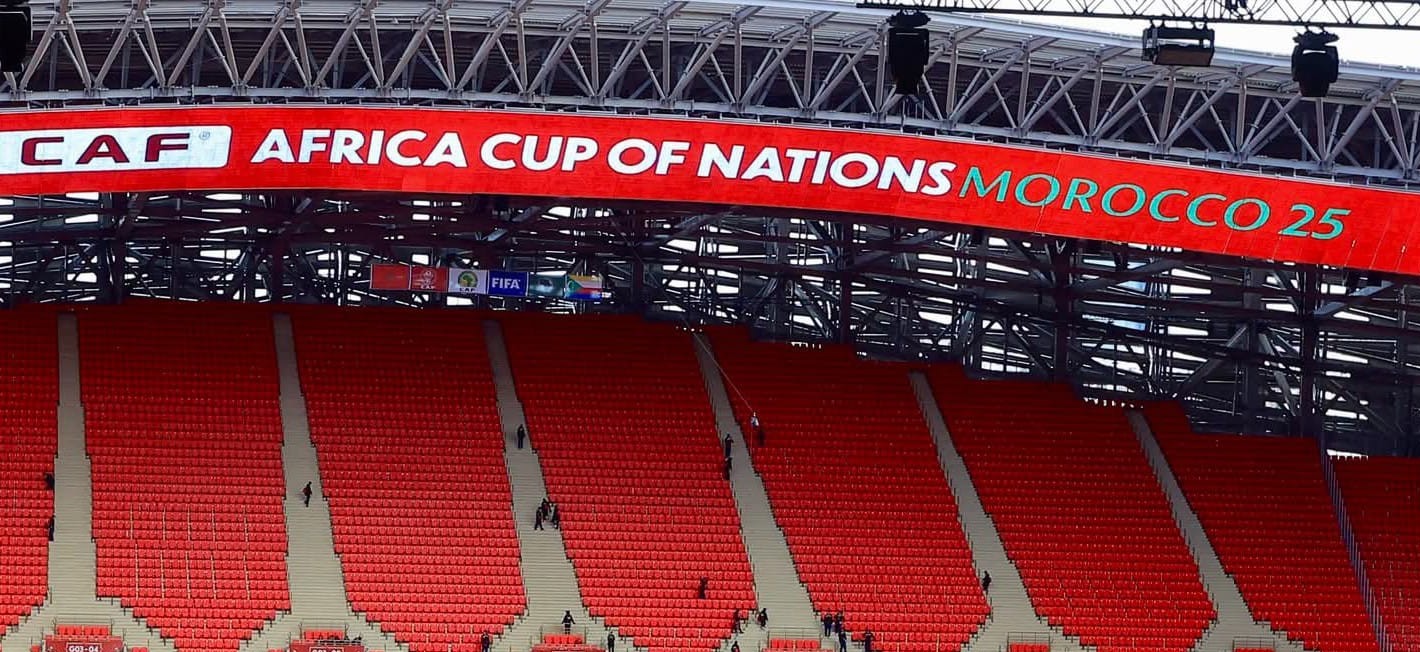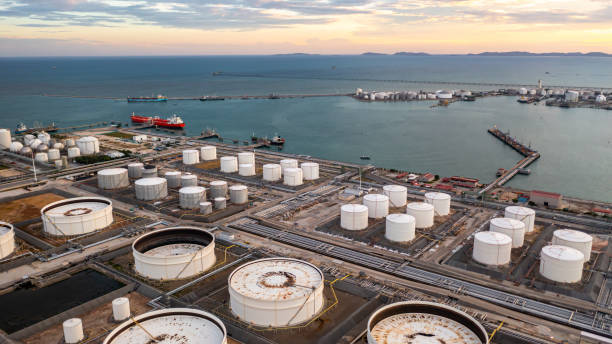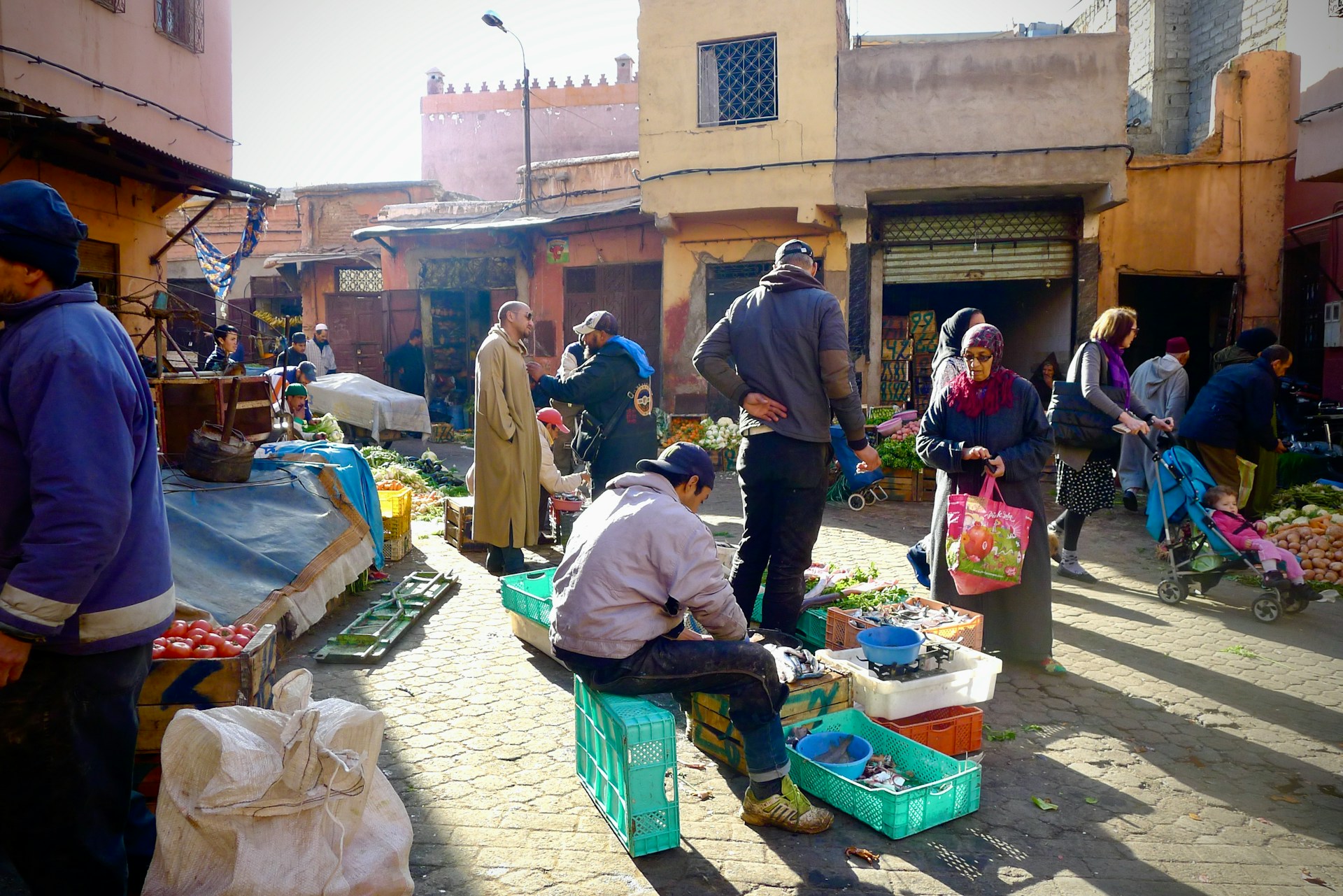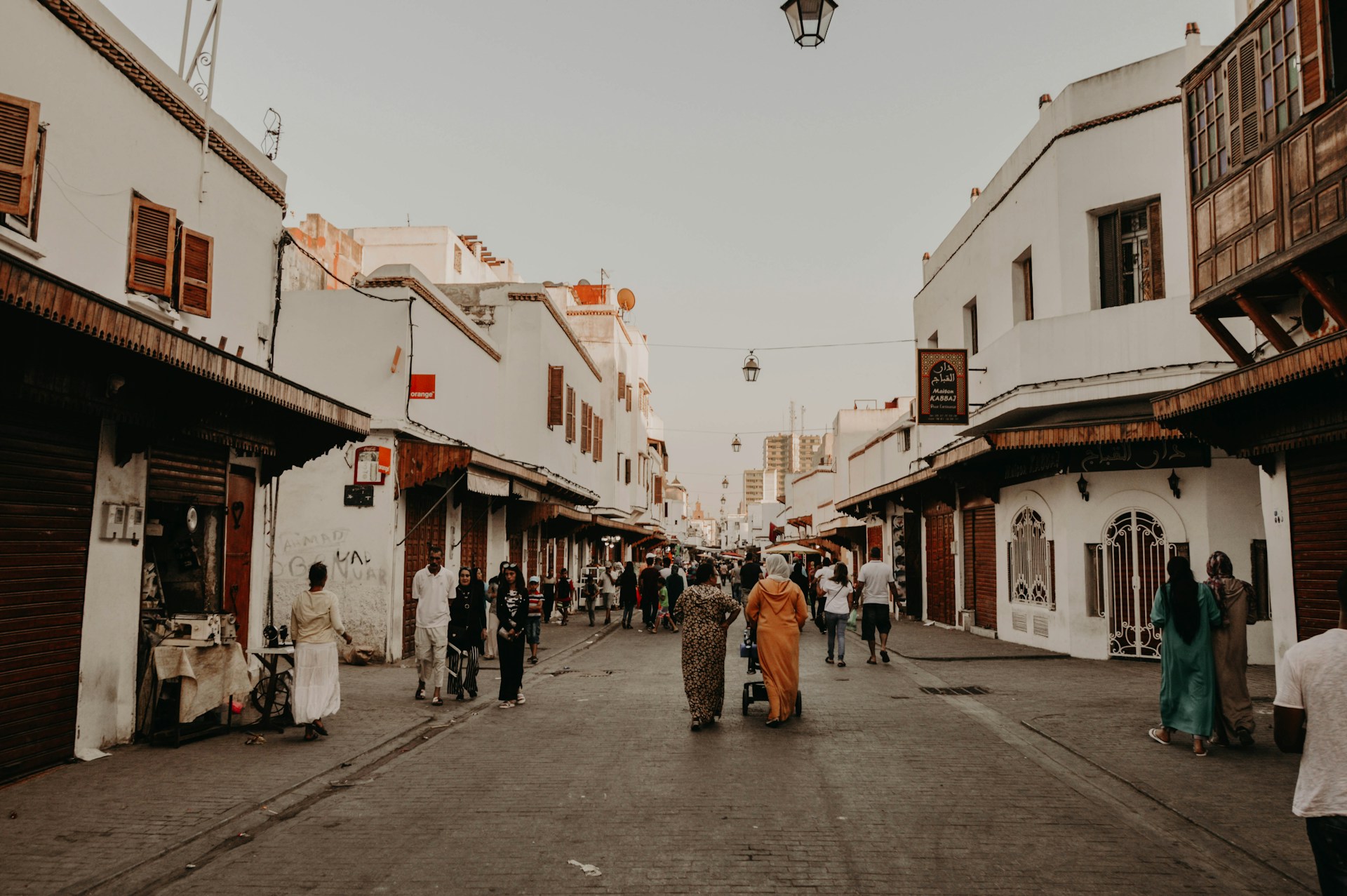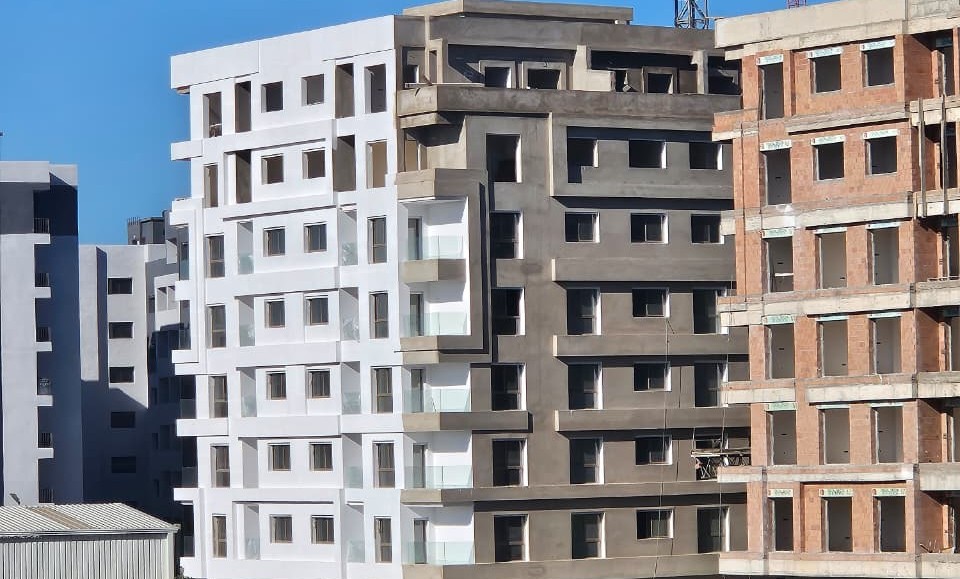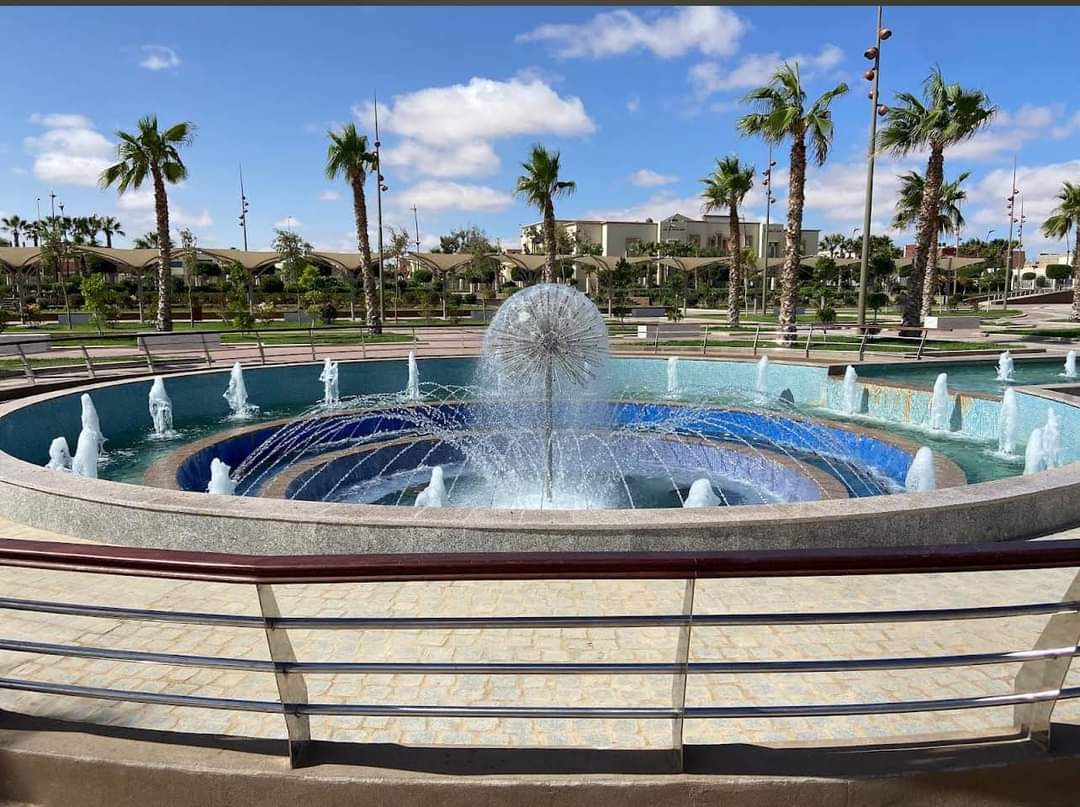Casablanca- In a bid to strengthen its position as a pivotal logistics hub bridging Europe and Africa, Morocco is embarking on ambitious expansions of its port infrastructure. The strategic location of the port of Nador, situated on the crucial caravan route connecting the two continents, makes it a focal point for these developments. However, while these projects promise to bolster Morocco’s maritime influence and economic standing, they also pose significant challenges for neighboring Spanish enclaves, particularly Melilla and Ceuta.
The expansion plans for the port of Nador are nothing short of extensive. Notably, it is slated to become home to the largest petroleum and gas reserves in the Mediterranean Basin. This development, coupled with its existing economic functions, underscores Morocco’s ambitions to solidify its role as a regional trade and logistics powerhouse.
King Mohammed VI’s recent visit to the United Arab Emirates yielded agreements aimed at further enhancing Morocco’s maritime capabilities. Among these agreements was the establishment of the Atlantic port of Dakhla and the expansion of the port of Nador. These initiatives seek to position Morocco as a formidable player in Mediterranean trade, rivaling established ports like the Tangier Mediterranean port.
However, the expansion of the port of Nador raises concerns for the economies of neighboring Spanish enclaves, particularly Melilla. The proximity of Melilla to Nador port has already presented economic challenges for the enclave.
The agreements between Morocco and the United Arab Emirates highlight the rapid pace of development in Morocco’s port infrastructure. With three of the largest commercial ports in the Mediterranean Basin soon to be under its purview, Morocco is poised to exert considerable influence in regional trade dynamics. However, this growth comes with its own set of challenges, particularly for Melilla and Ceuta.
As Morocco strengthens its maritime capabilities and expands its trade networks, Melilla and Ceuta must navigate the potential economic ramifications of these developments. The influx of goods and trade activities through the expanded port of Nador could reshape the economic landscape of these Spanish enclaves, necessitating strategic planning and adaptation to ensure their continued viability in an evolving regional trade environment.
